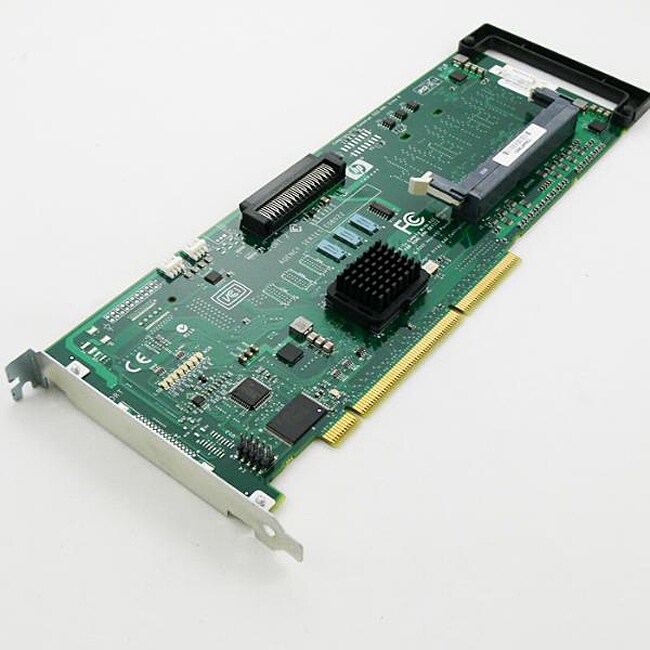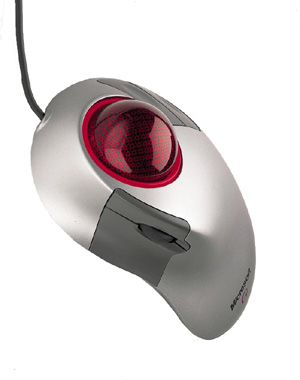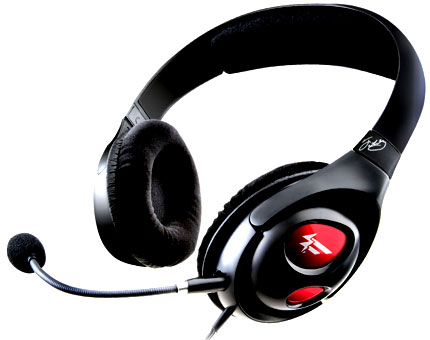Let's start from the outside. A typical personal computers those we are using nowadays consist of a case or chassis in a tower shape (as shown below) and the following parts:
I. Motherboard
- Motherboard - It is the "body" or mainframe of the computer, through which all other components interface.
- Central processing unit (CPU) - Performs most of the calculations which enable a computer to function, sometimes referred to as the "brain" of the computer.
- Computer fan - Used to lower the temperature of the computer; a fan is almost always attached to the CPU, and the computer case will generally have several fans to maintain a constant airflow. Liquid cooling can also be used to cool a computer, though it focuses more on individual parts rather than the overall temperature inside the chassis.
- Random Access Memory (RAM) -It is also known as the physical memory of the computer. Fast-access memory that is cleared when the computer is powered-down. RAM attaches directly to the motherboard, and is used to store programs that are currently running.
- Firmware is loaded from the Read only memory ROM run from the Basic Input-Output System (BIOS) or in newer systems Extensible Firmware Interface (EFI) compliant.
As its name suggests, firmware is somewhere between hardware and software. Like software, it is a computer program which is executed by a microprocessor or a microcontroller . But it is also tightly linked to a piece of hardware, and has little meaning outside of it.
- Internal Buses - Connections to various internal components.
- PCI (being phased out for graphic cards but still used for other uses). The Peripheral Component Interconnect, or PCI Standard, specifies a computer bus for attaching peripheral devices to a computer mother board. Typical PCI cards used in PCs include: network cards, sound cards, modems, extra ports such as USB or serial, TV tuner cards and disk controllers.
- PCI-E or Peripheral Component Interconnect Express, officially abbreviated as PCI-E or PCIe, is a computer expansion card interface format introduced by Intel in 2004. PCI Express was designed to replace the general-purpose PCI expansion bus, the high-end PCI-X bus and the AGP graphics card interface. Unlike previous PC expansion interfaces, rather than being a bus it is structured around point-to-point serial links called lanes.
- Universal Serial Bus (USB) is a serial bus standard to interface devices to a host computer. USB was designed to allow many peripherals to be connected using a single standardized interface socket and to improve the plug-and-play capabilities by allowing hot swapping, that is, by allowing devices to be connected and disconnected without rebooting the computer or turning off the device. Other convenient features include providing power to low-consumption devices without the need for an external power supply and allowing many devices to be used without requiring manufacturer specific, individual device drivers to be installed.
- HyperTransport (HT), formerly known as Lightning Data Transport (LDT), is a bidirectional serial/parallel high-bandwidth, low-latency point-to-point link that was introduced on April 2, 2001.
- CSI - The Intel QuickPath Interconnect or simply "QuickPath" (the official legal name for Common System Interface or "CSI") is a point-to-point processor interconnection being developed by Intel, as a competitor to HyperTransport. QuickPath technology also includes an integrated memory controlle. It is expected to be released in late 2008 and will first be used by Intel's Nehalem and Tukwila processors.
- AGP - The Accelerated Graphics Port (also called Advanced Graphics Port) is a high-speed point-to-point channel for attaching a graphics card to a computer's motherboard, primarily to assist in the acceleration of 3D computer graphics. Since 2004, AGP is being progressively phased out in favor of PCI-E
- VLB (outdated)
- External Bus Controllers - used to connect to external peripherals, such as printers and input devices. These ports may also be based upon expansion cards, attached to the internal buses.
II. Power supply
A case control, and (usually) a cooling fan, and supplies power to run the rest of the computer, the most common types of power supplies are AT and BabyAT (old) but the standard for PCs actually are ATX and Micro ATX.
III. Storage controllers
Controllers for hard disk, CD-ROM and other drives like internal Zip and Jaz conventionally for a PC are IDE/ATA; the controllers sit directly on the motherboard (on-board) or on expansion cards, such as a Disk array controller. IDE is usually integrated, unlike SCSI Small Computer System Interface which can be found in some servers. The floppy drive interface is a legacy MFM interface which is now slowly disappearing. All these interfaces are gradually being phased out to be replaced by SATA and SAS.
IV. Video display controller
Produces the output for the visual display unit. This will either be built into the motherboard or attached in its own separate slot (PCI, PCI-E, PCI-E 2.0, or AGP), in the form of a Graphics Card.
V. Removable media devices
- CD (compact disc) - the most common type of removable media, inexpensive but has a short life-span.
- CD-ROM Drive - a device used for reading data from a CD.
- CD Writer - a device used for both reading and writing data to and from a CD.
- DVD (digital versatile disc) - a popular type of removable media that is the same dimensions as a CD but stores up to 6 times as much information. It is the most common way of transferring digital video.
- DVD-ROM Drive - a device used for reading data from a DVD.
- DVD Writer - a device used for both reading and writing data to and from a DVD.
- DVD-RAM Drive - a device used for rapid writing and reading of data from a special type of DVD.
- Blu-ray - a high-density optical disc format for the storage of digital information, including high-definition video.
- BD-ROM Drive - a device used for reading data from a Blu-ray disc.
- BD Writer - a device used for both reading and writing data to and from a Blu-ray disc.
- HD DVD - a high-density optical disc format and successor to the standard DVD. It was a discontinued competitor to the Blu-ray format.
- Floppy disk - an outdated storage device consisting of a thin disk of a flexible magnetic storage medium.
- Zip drive - an outdated medium-capacity removable disk storage system, first introduced by Iomega in 1994.
- USB flash drive - a flash memory data storage device integrated with a USB interface, typically small, lightweight, removable, and rewritable.
- Tape drive - a device that reads and writes data on a magnetic tape,used for long term storage.
VI. Internal storage
Hardware that keeps data inside the computer for later use and remains persistent even when the computer has no power.
- Hard disk - for medium-term storage of data.
- Solid-state drive - a device similar to hard disk, but containing no moving parts.
- Disk array controller - a device to manage several hard disks, to achieve performance or reliability improvement.
VII. Sound card
Enables the computer to output sound to audio devices, as well as accept input from a microphone. Most modern computers have sound cards built-in to the motherboard, though it is common for a user to install a separate sound card as an upgrade.
VIII. Networking
Connects the computer to the Internet and/or other computers.
- Modem - for dial-up connections
- Network card - for DSL/Cable internet, and/or connecting to other computers.
- Direct Cable Connection - Use of a null modem, connecting two computers together using their serial ports or a Laplink Cable, connecting two computers together with their parallel ports.
IX. Other peripherals
In addition, hardware devices can include external components of a computer system. The following are either standard or very common.
1. Input
1.1 Text input devices- Keyboard - a device to input text and characters by depressing buttons (referred to as keys), similar to a typewriter. The most common English-language key layout is the QWERTY layout.
- Mouse - a pointing device that detects two dimensional motion relative to its supporting surface.
- Trackball - a pointing device consisting of an exposed protruding ball housed in a socket that detects rotation about two axes.
1.3 Gaming devices
- Joystick - a general control device that consists of a handheld stick that pivots around one end, to detect angles in two or three dimensions.
- Gamepad - a general handheld game controller that relies on the digits (especially thumbs) to provide input.
- Game controller - a specific type of controller specialized for certain gaming purposes.
- Image scanner - a device that provides input by analyzing images, printed text, handwriting, or an object.
- Webcam - a low resolution video camera used to provide visual input that can be easily transferred over the internet.
- Microphone - an acoustic sensor that provides input by converting sound into electrical signals
2. Output
2.1 Image, Video output devices
- Printer
- Monitor
- Speakers
- Headset
Images: Many sources searched through Google































No comments:
Post a Comment